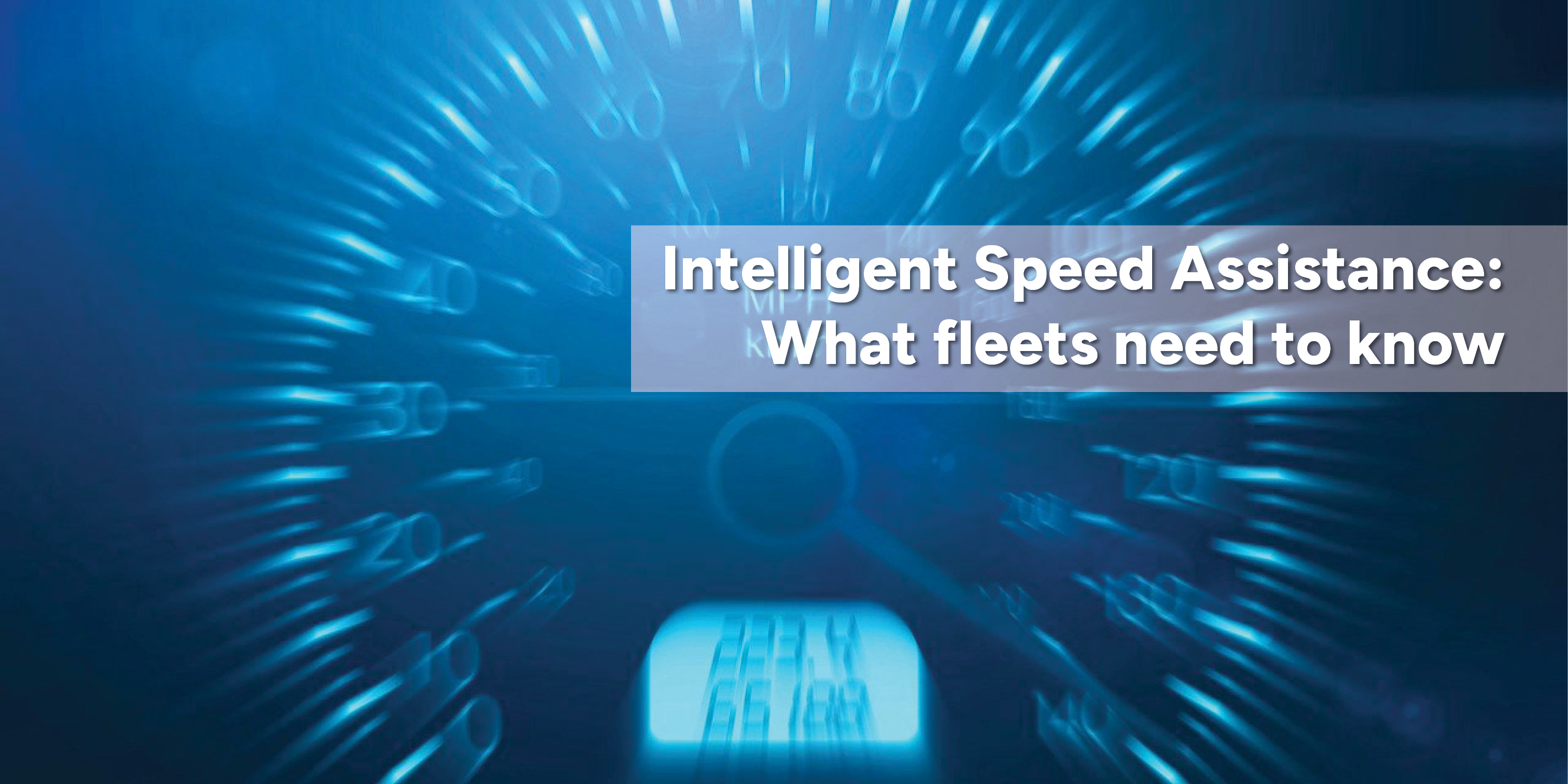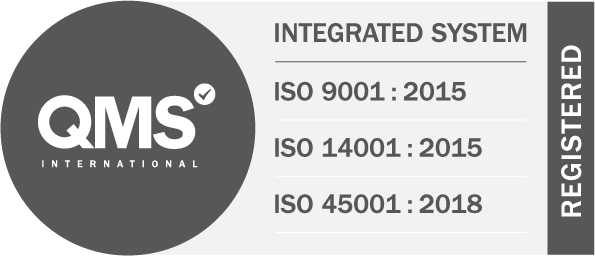Intelligent Speed Assistance (ISA) - What fleets need to know
ISA technology is now mandatory for new cars, vans and trucks sold in the EU but what does that mean for UK fleets?
Intelligent Speed Assistance (ISA) systems, which can prevent drivers from speeding, recently became an EU requirement for all new vehicles.
The rules apply in Northern Ireland and although they have not been adopted by the UK Government it’s likely that new models sold here will have the technology fitted so that manufacturers don’t need to create UK-specific variants.
How does ISA technology work?
The ISA technology detects speed limits by using a road sign recognition camera on board the vehicle or via GPS-linked speed-limit databases.
If the driver is exceeding the speed limit they will receive an alert but the extent to which the system then intervenes varies by manufacturer. The ISA regulation allows manufacturers to choose from four driver feedback options:
Cascaded acoustic warning
Cascaded vibrating warning
Haptic feedback (communication via touch) through the acceleration pedal. The driver’s foot is pushed gently back to make them aware and help to slow down
Speed control function where the vehicle’s speed is automatically gently reduced
The European Commission says that the warnings have to be “as short as possible in duration to avoid potential annoyance of the driver”.
“The ISA system is required to work with the driver and not to restrict his/her possibility to act in any moment during driving. The driver is always in control and can easily override the ISA system,” it states.
Even with the speed control function, the system can be “smoothly overridden by the driver by pressing the accelerator pedal a little bit deeper”.
It’s worth noting that speed limiting technology in vehicles is not new. Aside from mandatory speed limiters in HGVs, cars have been available with this kind of technology for years. Back in 2015, Ford announced that the S-MAX would offer an Intelligent Speed Limiter, which scans traffic signs and adjusts the throttle. Drivers can temporarily override the system by pressing firmly on the accelerator.
What are the benefits of ISA technology?
The EU's long-term goal is to move as close as possible to zero fatalities in road transport by 2050 (‘Vision Zero’) and ISA technology is a step towards that.
It says that excess speed contributes to about 30% of fatal crashes, and typically 40% to 60% of the drivers exceed the limit.
Reducing average speeds by just 1kph (0.6mph) could result in a 5% reduction in fatal crashes, according to studies, the EU says.
But, as any fleet operator who has fitted speed limiters or telematics to manage driver behaviour knows, the benefits extend beyond safety. Preventing speeding can also lower fuel consumption and save CO2.
Can ISA technology be switched off?
The ISA regulation allows drivers to turn the technology off - but not permanently. When the engine is switched on again, the ISA system is reactivated so the driver would need to turn it off at the start of every journey.
Drivers need to understand the benefits of the technology so that they don’t feel inclined to do this.
What are the disadvantages of ISA technology?
No technology is foolproof and there can be issues if the system only uses a road sign recognition camera as there may be instances where there is no sign or the sign is damaged or unreadable.
In fact, more than half (53%) of drivers surveyed by the RAC said that road signs on their journeys are frequently obscured by overgrown trees and bushes.
Three-quarters (74%) of drivers said speed limit signs are the most likely type of sign to be covered up by overgrown foliage, with 30mph signs – which are widely used to control speeds in villages and street-lit areas – the most commonly obscured.
This could mean that the technology is not able to read the speed limit and alert the driver.
Outdated maps could also result in the system not having the correct speed limit so it’s important that drivers regularly update the mapping software in their vehicles. This should be an over-the-air update by the vehicle manufacturer which the driver needs to accept.
Temporary speed limits, for example when roadworks are taking place, could also contradict valid map data.
Drivers may become irritated if the system isn’t accurate all the time and that could result in them switching it off.
Alternatively, drivers could become too reliant on the system and not pay enough attention.
Ultimately though the ISA technology is designed to assist the driver and they remain responsible for obeying the speed limits.
How does Reflex Vehicle Hire address speeding?
At Reflex Vehicle Hire we have a long-term commitment to prioritising road safety. Every vehicle we provide comes with our 'Safety as Standard' promise, meaning that all vehicles come with telematics vehicle tracking systems and dashcams as standard.
We also fit speed limiters to our commercial vehicles, which are either set at 70mph or 62mph, depending on the vehicle manufacturer.
This works in conjunction with telematics so if the driver is exceeding lower speed limits, such as 20mph, the fleet manager is alerted.
Find out more
Find out how Reflex Vehicle Hire can help your company.
Call 0330 460 9913 or visit our contact us page.







@2x.png)

